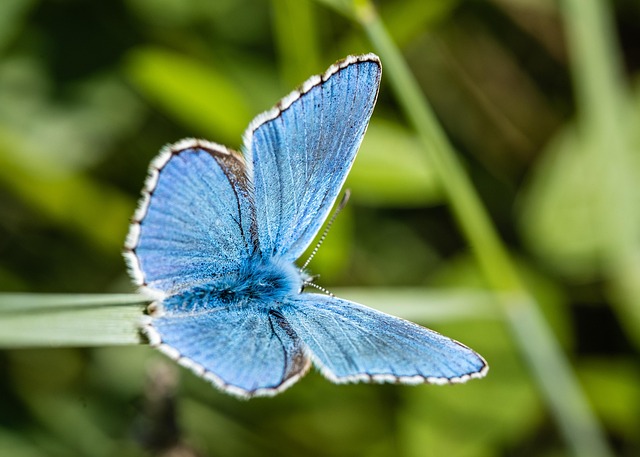In today’s fast-paced world, the connection between communities and the environment has never been more crucial. As urbanization continues to expand, our biodiversity is at risk, and it’s up to us to nurture the symbiotic relationship between nature and our neighborhoods. One of the most impactful ways we can achieve this is through adopting green gardening practices.
Green gardening is not just a trend; it is a commitment to create sustainable environments that benefit both our local communities and the planet. By emphasizing biodiversity, we help rebuild ecosystems that support various forms of life. A garden filled with diverse plants attracts pollinators like bees and butterflies, enriching not only its beauty but also its productivity. When we cultivate a range of species, we also open up our gardens to a network of wildlife, fostering a thriving ecosystem right outside our homes.
Moreover, green gardening practices allow us to use our gardening skills as a tool for environmental education. By engaging with our neighbors in community gardening initiatives, we share knowledge about native plants that flourish in our local climate. Well-informed community members can swap seeds or plants, creating a living library of biodiversity. This exchange does not simply beautify our surroundings; it connects us deeply with the cycles of nature and the importance of preserving them.
Implementing permaculture principles, such as planting in harmony with nature, can greatly enhance this practice. By designing gardens that mimic natural ecosystems, we can create resilient spaces that require fewer resources. Native plants are especially beneficial as they have adapted to local conditions, requiring less water and maintenance, while supporting local wildlife. Creating small patches of green in urban settings can act as mini-ecosystems, demonstrating how biodiversity thrives when given the right nurturing conditions.
Furthermore, community gardens not only beautify our spaces but also strengthen the social fabric of our neighborhoods. Imagine gathering with friends and family, sharing stories while tending to a communal vegetable patch or flower garden. Such spaces serve as communal hubs, where individuals from diverse backgrounds come together with a common goal—promoting sustainability and protecting our environment. The relationships built around growing, harvesting, and cooking from our gardens enrich our lives, reminding us of our interconnectedness.
Ultimately, embracing green gardening practices is an opportunity for each of us to take part in a collective effort to enhance biodiversity. By growing our gardens with a focus on ecological balance, we are not only doing our part in combating climate change but also inspiring others to join this movement. As we dig our hands into the soil, we are also cultivating a deeper understanding of our role as stewards of the planet.
We all have the potential to make a difference, whether it’s through participating in local gardening workshops, starting a green initiative in your community, or simply adopting eco-friendly gardening practices in your own backyard. Each small effort contributes to a larger goal, fostering a world that cherishes and protects its biodiversity. As we continue this mission together, we foster not just green spaces, but vibrant communities that thrive in harmony with nature.



